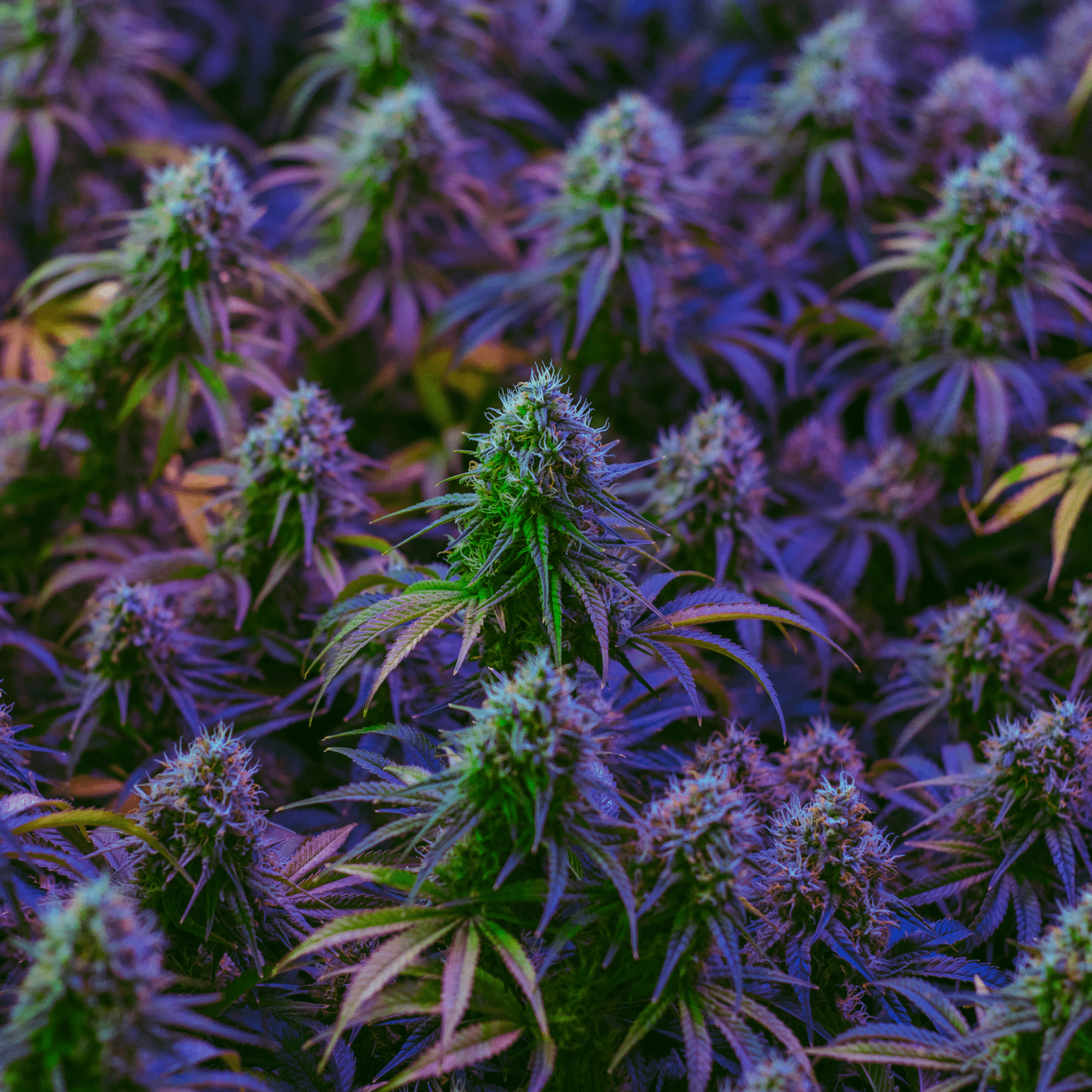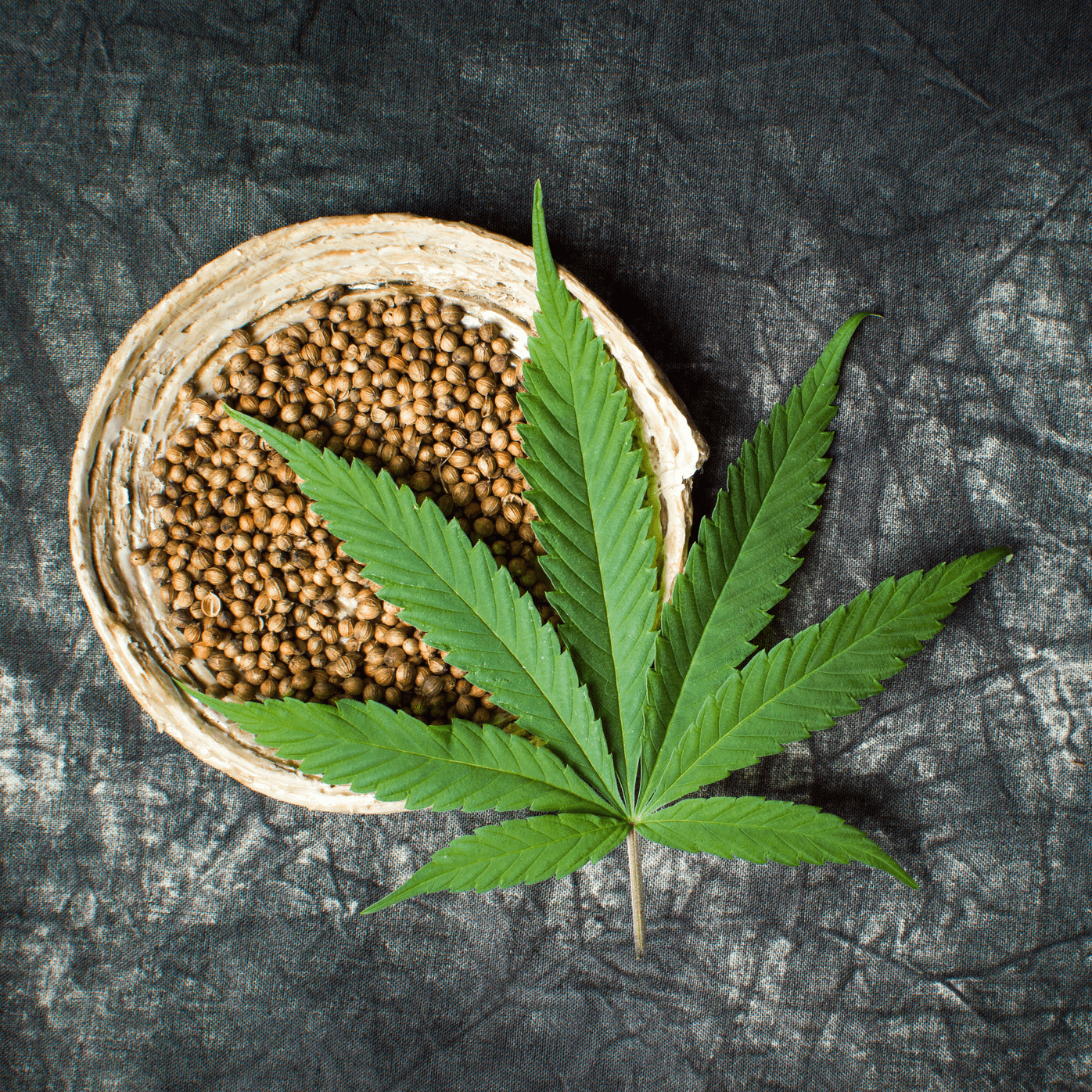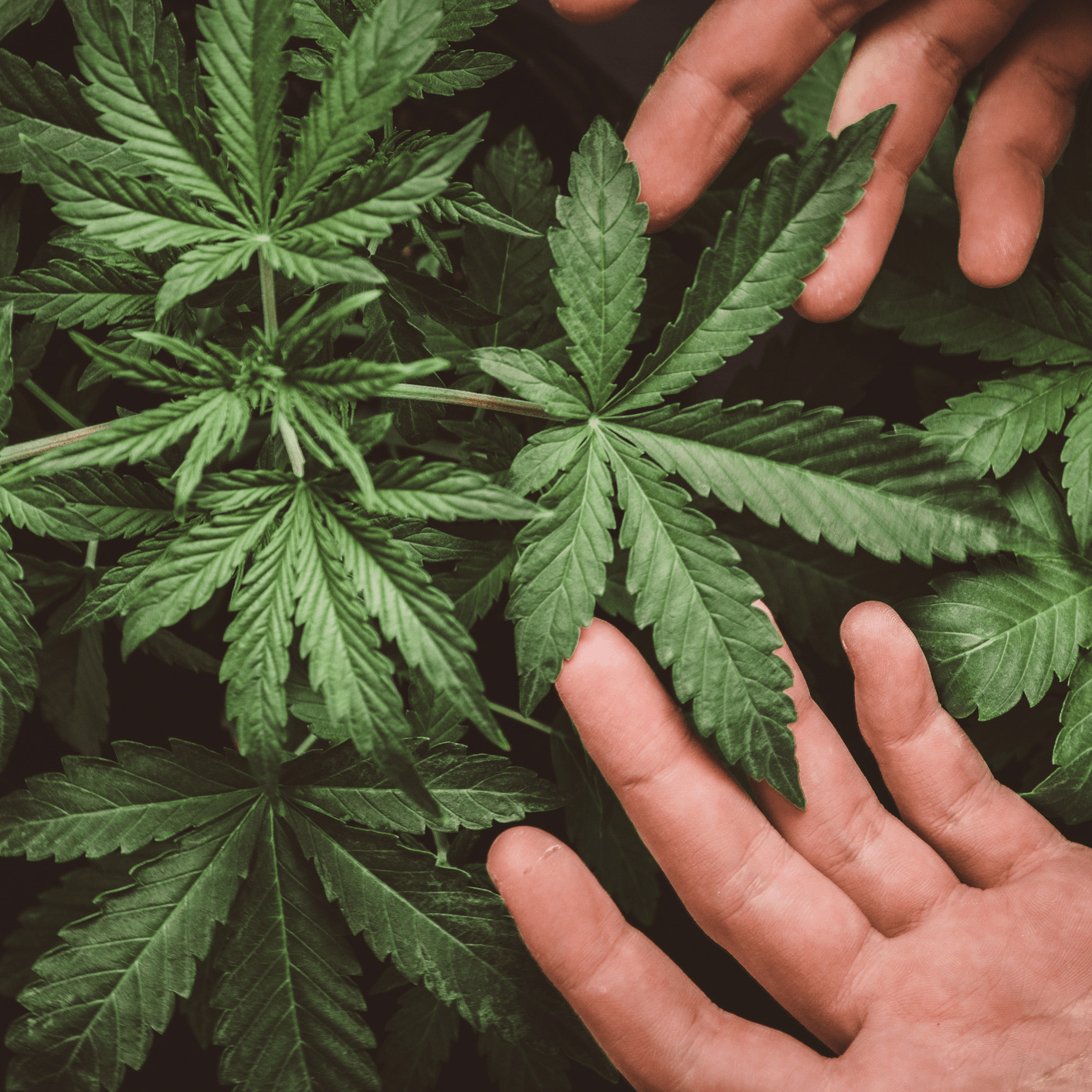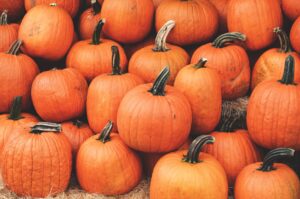In the world of cannabis cultivation, there’s no such thing as gender equality. Female cannabis plants are prized for their abundant, psychoactive flower, and feminized seeds produce potent, high-yield cannabis crops. Male plants are often simply thrown away. But the male marijuana plant has plenty to offer in its own right – and it plays a vital if often overlooked, role in breeding the many cannabis strains available today.

What’s the Problem with Males?
Cannabis cultivators want to get the highest return on their investment of resources and time, and male plants can interfere with those goals. They take up space and consume water and nutrients without contributing to the harvest, and they can pollinate any female plants in the vicinity, which can derail breeding programs.
Likewise, it’s widely thought that male plants don’t contain significant amounts of highly desirable compounds like THC and CBD, so they can’t make much of a contribution to commercial cannabis cultivation. There’s some truth to all of these things, but the benefits of keeping male plants can considerably outweigh these negatives.

Male Plants Keep the Gene Pool Strong
Cannabis Sativa is one of a handful of plant species that are dioecious or have distinct male and female features. Many other plants have both male and female characteristics in the same plant so that they can self-pollinate. Cannabis plants can self-pollinate, too, in a process called feminization. That forces plants to keep the characteristics of a specific female plant through successive generations. But it also eliminates input from the male side of the genetic equation. Over time the lack of new genetic material causes a weakened, inbred gene pool that leaves plants more vulnerable to pests, chemicals, and other environmental threats.
Male plants add variety and vigor to any cannabis strain. Their genetic contribution offers many more characteristics to select for, such as growth rate, hardiness, and the presence and amount of various cannabinoids and terpenes. Mixing and matching those features leads to the astonishing variety of cannabis strains available today.

Males Can Drive Away Pests
Even if they aren’t used to pollinate females, male cannabis plants make good “companion” plants for their own and even other plant species. Like their female counterparts, male cannabis plants produce terpenes that are responsible for the unique scents and flavors of each cannabis strain. Some terpenes, such as limonene and pinene, have strong scents that can repel insects both above and below ground, such as weevils and nematodes. In that way, male cannabis plants can help to protect surrounding plants of all kinds, even crops like cotton, from damage or contamination.

Male Plants Enable Seed Production
Although cannabis cultivators prefer their female plants to direct all their energy toward producing flowers, not seeds, those seeds are essential to keeping the various strains alive and moving forward. And the pollen from male plants is needed to produce those seeds, which can be used to plant another crop or sold to amateur and professional growers anywhere in the world.

Males Also Contain Cannabinoids
In female plants, cannabinoids like THC and CBD are concentrated in the flower, but in male plants, they’re concentrated in the leaves. Although female flower contains higher amounts of cannabinoids, that doesn’t mean males are lacking in potency. They contribute half the genetic material for any offspring, so their cannabinoid profile can play a major part in developing the profile of a new strain. For example, crossing a male plant that’s high in CBD with a female that also contains high CBD would create plants with a reliably high concentration of CBD.

How To Identify a Male Plant
In the earliest stages of growth, it’s impossible to distinguish between male and female cannabis plants. But once they’re past the vegetative stage – the period between germination and flowering – you can begin to look for “pre-flowers” on your plants. These early signs of a male plant appear at the nodes, or joints, of maturing plants, especially near the top of the plant. Male plants have small sacs, while female plants have hairs or pistils in the same place. Male plants also typically have fewer leaves and thicker stalks than females.
Female cannabis plants are valued for their potent flower and rich cannabinoid and terpene content, but those things wouldn’t be possible without male plants. Whether you’re growing your own cannabis at home or a commercial breeder working to develop new strains, males have an essential role to play.
Get a Medical Marijuana Card Online
It’s easy to get your medical marijuana document with the online Telehealth service HelloMD. Register, pay, and receive an online medical consultation with a licensed practitioner and purchase medical cannabis today. You don’t pay unless you’re approved!






